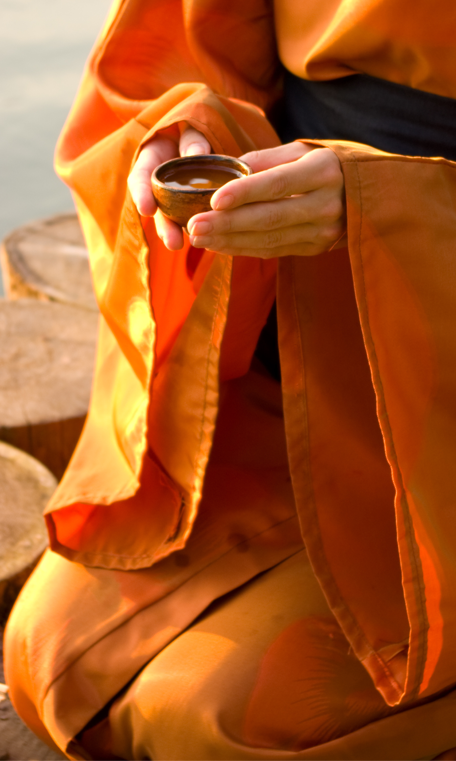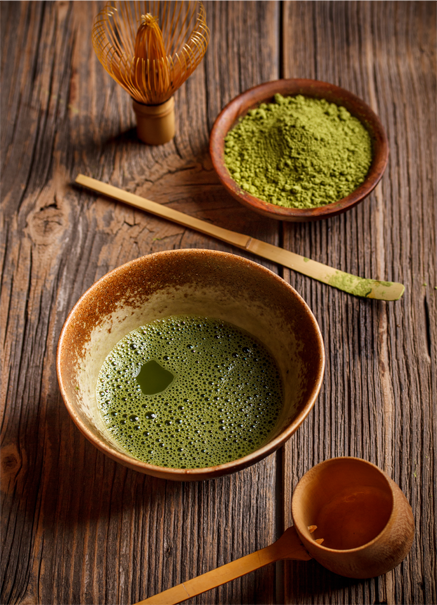
From Chinese Emperors and Buddhist monks to 21st Century consumers!
The history of tea goes back 5000 years to a legendary incident involving an early Chinese Emperor. On an trip to a remote part of his empire, tea leaves fell accidentally into water being boiled for him, they infused, he tasted the first brew and the rest, as they say, is history. From a Japanese perspective, tea was exported from China dating from about 1600 years ago. Buddhist priest, Yeisei, saw how tea enhanced religious meditation in China and brought seeds to be planted at his temple near Kyoto. Since this early introduction, tea has always been closely associated with Zen Buddhism in Japan. The popularity of tea spread through royal courts and monasteries
The preparation of Japanese tea evolved under the influence of the ceremonial tea of the temples, the social teas of the aristocracy and the rise of a newly prosperous merchant class. It was elevated to an art form in the creation of the Japanese Tea Ceremony/A (“Cha-no-yu” or “the hot water for tea”). The tea ceremony provided a venue and practice for recognizing the beauty of ordinary life. Three men, Murata Shuko, Takeno Jo-o, and Sen Rikyu influenced the development of tea rooms and the ceremony. Sen Rikyu set the rigid standards for the tea ceremony that still live on to this day. Japanese tea gardens play an integral part in the tea ceremony. Japanese tea gardens have two parts: the outer and inner garden. The outer is a place where guests wait for the master to appear; the inner contains the tea house itself. Stone lanterns light the pathway between these two sections.

Japanese tea is simple and delicious, but too often green tea is a cup of poorly brewed stale green leaves that does little to display the true taste of green tea.
A few simple steps will make sure you
get a great brew.
Buy good quality Tea and often,
Green tea loses its flavour after prolonged storage. Buy good quality tea in small amounts. To keep tea fresh, store it in a cool dark place away from smelly foods as green tea absorbs flavours and odours.
Use good quality water
All great recipes call for great ingredients, tea is no different. High quality green tea needs to be brewed with good quality fresh water
Use the right amount of tea and right
temperature water
The two most common mistakes when making tea are using boiling water and the wrong amount of tea. Boiling water will result in bitter tea and different amounts of tea are required to brew different styles of tea.